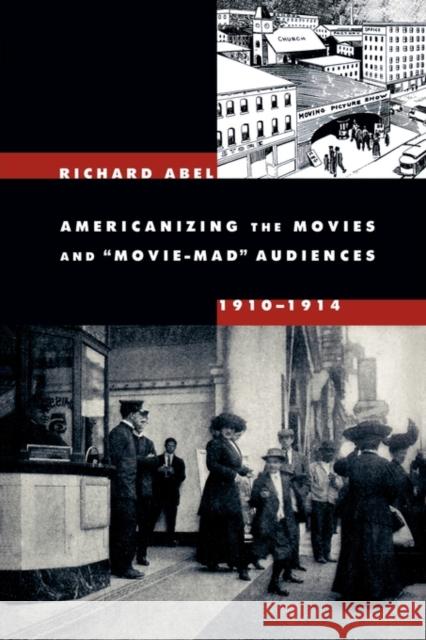Americanizing the Movies and Movie-Mad Audiences, 1910-1914 » książka
Americanizing the Movies and Movie-Mad Audiences, 1910-1914
ISBN-13: 9780520247437 / Angielski / Miękka / 2006 / 391 str.
This engaging, deeply researched study provides the richest and most nuanced picture we have to date of cinema--both movies and movie-going--in the early 1910s. At the same time, it makes clear the profound relationship between early cinema and the construction of a national identity in this important transitional period in the United States. Richard Abel looks closely at sensational melodramas, including westerns (cowboy, cowboy-girl, and Indian pictures), Civil War films (especially girl-spy films), detective films, and animal pictures--all popular genres of the day that have received little critical attention. He simultaneously analyzes film distribution and exhibition practices in order to reconstruct a context for understanding moviegoing at a time when American cities were coming to grips with new groups of immigrants and women working outside the home. Drawing from a wealth of research in archive prints, the trade press, fan magazines, newspaper advertising, reviews, and syndicated columns--the latter of which highlight the importance of the emerging star system--Abel sheds new light on the history of the film industry, on working-class and immigrant culture at the turn of the century, and on the process of imaging a national community.











